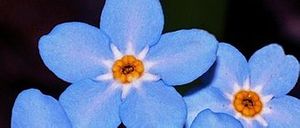Every year, the Mayor of Winchester is invited to choose artwork from the collections cared for by Hampshire Cultural Trust which are then displayed at City Space in Winchester Discovery Centre. This year, the current Mayor of Winchester, Cllr Eleanor Bell, selected works from the Hampshire County Council Contemporary Art Collection and Winchester City Council's Civic Silver Collection for the exhibition. With the lockdown in place, the Mayor's Choice Exhibition 2020 is presented virtually on Culture on Call, serialised in three episodes.

About the Contemporary Art Collection
The Contemporary Art Collection comprises nearly 400 works of modern and contemporary art, the majority of which are prints, photographs and paintings, with a small number of sculptural pieces.
Hampshire County Council began this collection over 20 years ago and it includes work by significant British artists such as Henry Moore, John Piper and David Hockney. Modern British prints make up just under 40% of the collection, including work by artists of national and international standing representative of significant movements in British modern and contemporary art. The paintings within the collection are an eclectic mix of oil, acrylic and watercolour and many are by artists living and working in Hampshire.
Alongside the paintings and prints, there is a small selection of three-dimensional works, including Hampshire Hog (1915) by nationally renowned artist Eric Gill and St Catherine's Hill, a bronze by Zoe de L'Isle Whittier.
Nick Schlee, (1931)
Pink Corn Near Wantage, 2000
Oil painting, on wooden panel
72 x 58 cm
Hampshire County Council Contemporary Art Collection AO2007.1
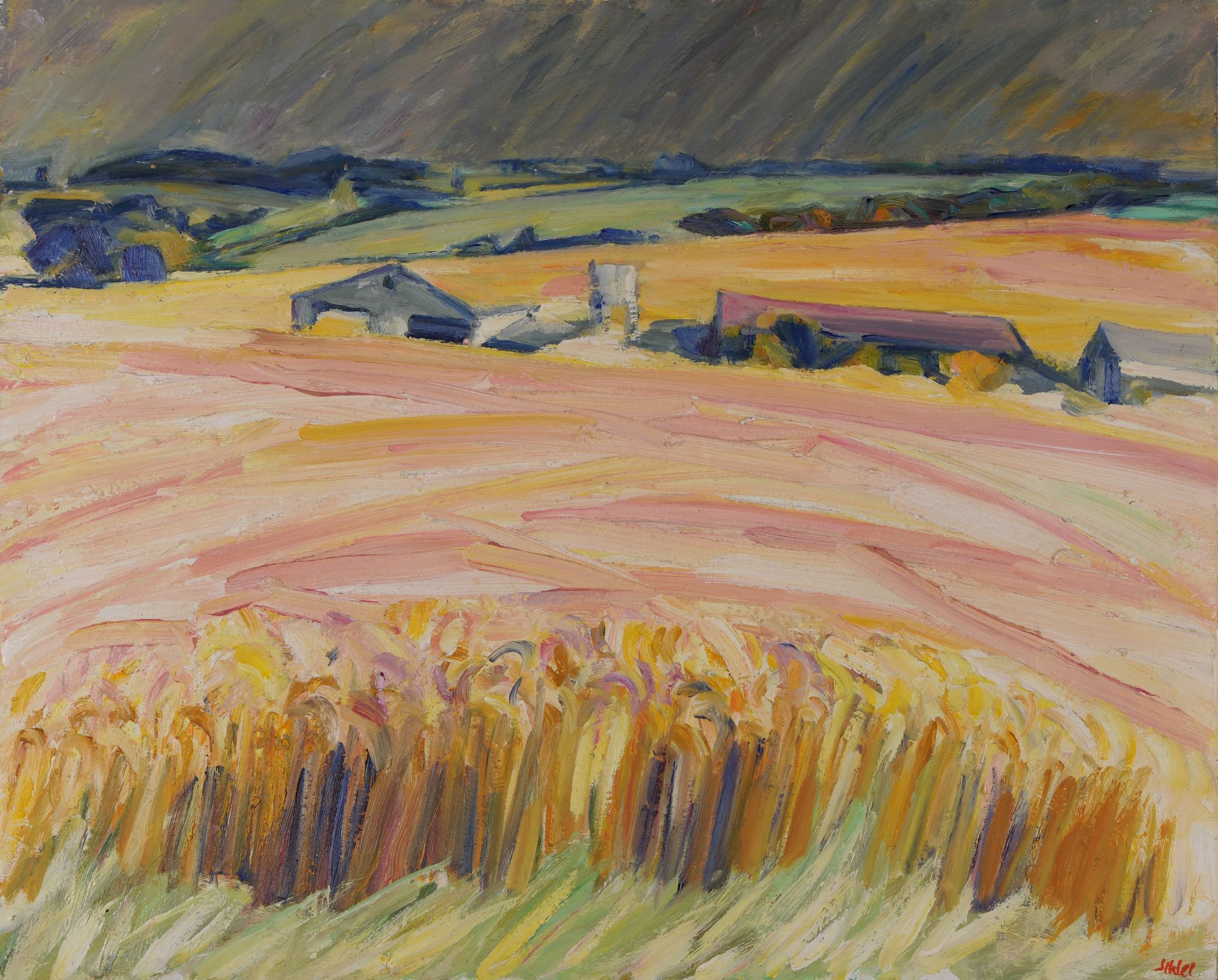
Nick Schlee is a contemporary landscape artist, known for his dramatic paintings of the English countryside.
Schlee was born in 1931 in Weybridge, Surrey. From an early age he enjoyed painting and his talent was recognised in 1947 when he won both Gold and Silver medals for artists under 18 awarded by the Royal Drawing Society. He left school at 17 to join a London advertising agency. After his National Service, he read English at Oxford University.
In 1955 he moved to New York to work in a large advertising agency and took art classes at the Art Students League. He returned to England the following year and studied art part-time at several institutions, namely the Central School of Art and Design, Morely College, Putney Art School and The Slade School of Fine Art.
Schlee spent most of his working life in business, using weekends, evenings and holidays to pursue his passion for painting. In 1989, at the age of 58 he left the corporate world to take up painting full time. By then he had exhibited at The Royal Academy, The Spirit of London and at many ILEA exhibitions.
The ‘Dictionary of Artists in Britain since 1945’ describes Schlee’s works as "forceful landscapes defined with positive brushstrokes". He paints with immense vigour and speed to capture all the elements in the landscape that captivate him. He draws outdoors in coloured oil pastels and charcoal. Later many of his drawings are worked up to large oil paintings in his studio.
Schlee lives in Upper Basildon, Berkshire and continues to paint to this day. The local countryside that surrounds him inspires much of his work.
Norman Stevens ARA (1937 – 1988)
Shadowed Garden, 1977
Mezzotint
57 x 43 cm
Hampshire County Council Contemporary Art Collection AO2010.28
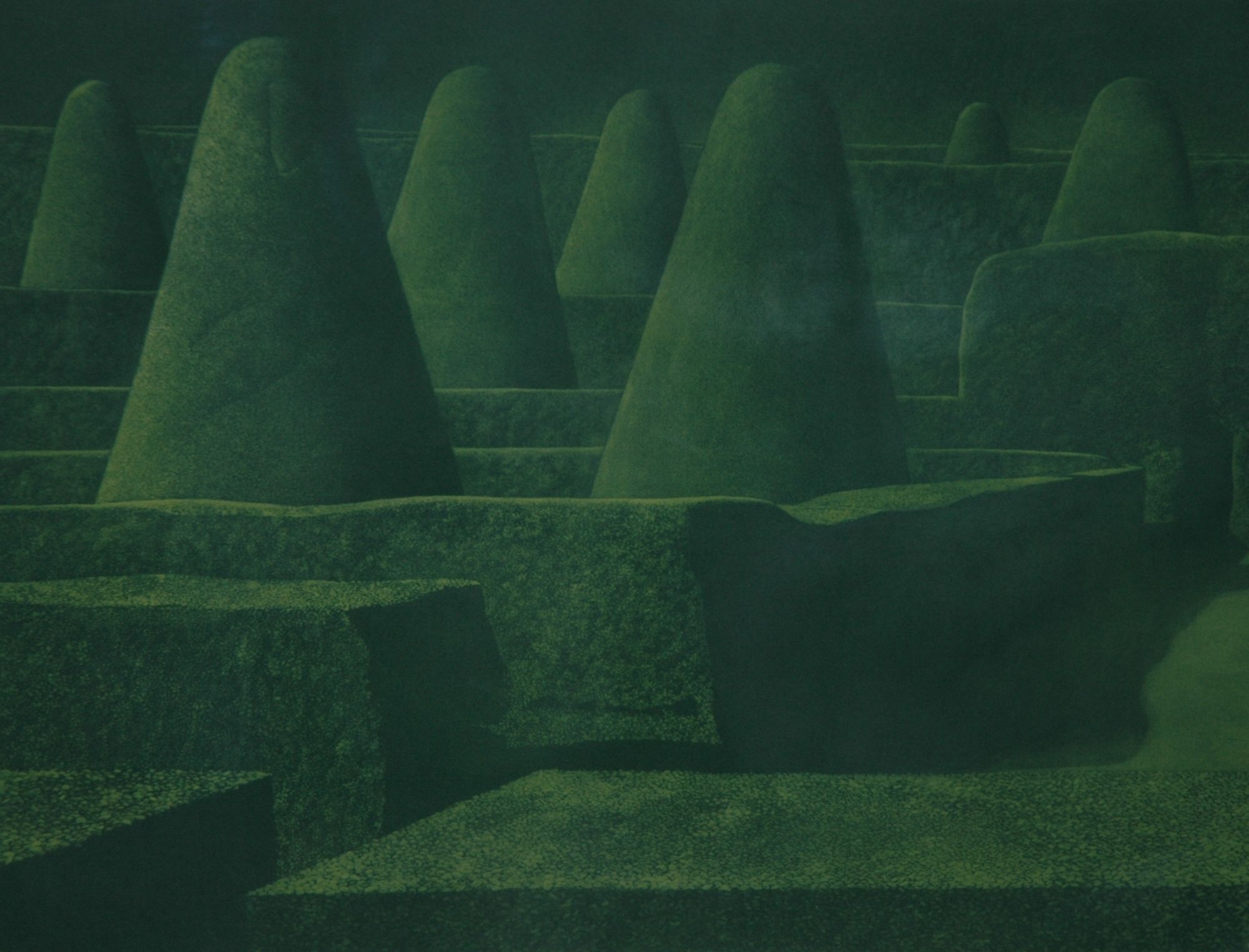
Norman Stevens was one of the most distinguished printmakers of the 20th century. He developed an international reputation for his technically brilliant and beguiling prints, but never received broader public recognition.
Stevens was born in 1937 in Bradford. From the age of twelve he studied at the Art College and assisted his father, a sign writer, with his work. In 1952, he progressed to the Bradford Regional College of Art where he trained as a painter. He was one of ‘the Bradford mafia’ alongside his lifelong friends David Hockney, David Oxtoby, John Loker and Michael Vaughan. He continued his studies at the Royal College of Art and won the Lloyd Landscape Scholarship and the Abbey Minor Travelling Scholarship.
In 1965 and 1969, he toured America with Hockney and other friends and in 1971 he had a solo exhibition of his American works. He taught at several art schools and was appointed Head of Fine Art at Hornsey College and become a Gregory Fellow at Leeds University (1974-75). In the early 1970s he decided to teach himself printmaking and in the process found an art form that perfectly suited his meticulous approach and fascination with light and shade.
His work explores the landscape and built environment, by using colour, light and shade to a powerful and evocative effect. His early prints were poetic, deceptively simple scenes showing flowers and fronds set before clapboard houses. His later work, inspired by the English countryside and formal gardens, became more colourful and lyrical, but still was imbued with a haunting sense of stillness.
He won the Chichester Arts Festival Prize, the British International Print Biennial and was a prize winner at the John Moores Liverpool Exhibition in 1983, the same year he was elected an Associate of the Royal Academy. Five years later, he died of cancer at the early age of 51.
Graham Sutherland OM, (1912 – 1977)
Bee Keeper, 1977
Aquatint
31 x 40 cm
Hampshire County Council Contemporary Art Collection AO2010.83
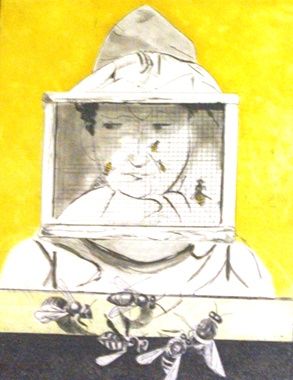
Graham Vivian Sutherland was celebrated for his surrealistic landscapes and his expressive portraits that have an almost caricature quality.
Sutherland was born on 24 August, 1903 in Streatham, London. He studied engraving and etching at Goldsmiths' College of Art (1921-26). During the 1920s he produced prints of romantic landscapes influenced by Samuel Palmer, Paul Nash, Henry Moore and Pablo Picasso.
By 1935, Sutherland had turned to painting, designing ceramics and commercial work including designing posters for Shell. Inspired the Pembrokeshire coastline his paintings explored the inherent strangeness of natural forms. His work evolved into surrealism and his landscapes became semi-abstract patterns of haunting shapes rendered in acidic colours.
During the Second World War, Sutherland was an official war artist recording the effects of bombing in London and Wales. He drew bomb-sites, blast furnaces, tin-mining and quarrying. His pictures are among the most recognised images of the home front and provide an evocative record of the desolation of war.
He was deeply religious and created numerous religious work after the war. He is best known for the Crucifixion in St. Matthew's Church, Northampton and the enormous central tapestry in the new Coventry Cathedral, Christ in Glory in the Tetramorph.
Sutherland painted a number of impressive and highly controversial portraits. Lord Beaverbrook regarded his portrait as both an 'outrage' and a 'masterpiece'. Winston Churchill’s portrait was so hated by the sitter that it was destroyed. Other portraits include Somerset Maugham, Edward Sackville-West, Helena Rubinstein, Lord Clark, Konrad Adenauer and the Queen.
He continued to paint landscapes, inspired by Pembrokeshire and the French Riviera, where he part-lived from 1947. His painting continued to be gloomy, with haunting expressions. He died on February 17, 1980, in Kent.
Keith Vaughan CBE, (1912 – 1977)
Blue Boy, 1949
Lithograph
34 x 48 cm
Hampshire County Council Contemporary Art Collection AO2009.2
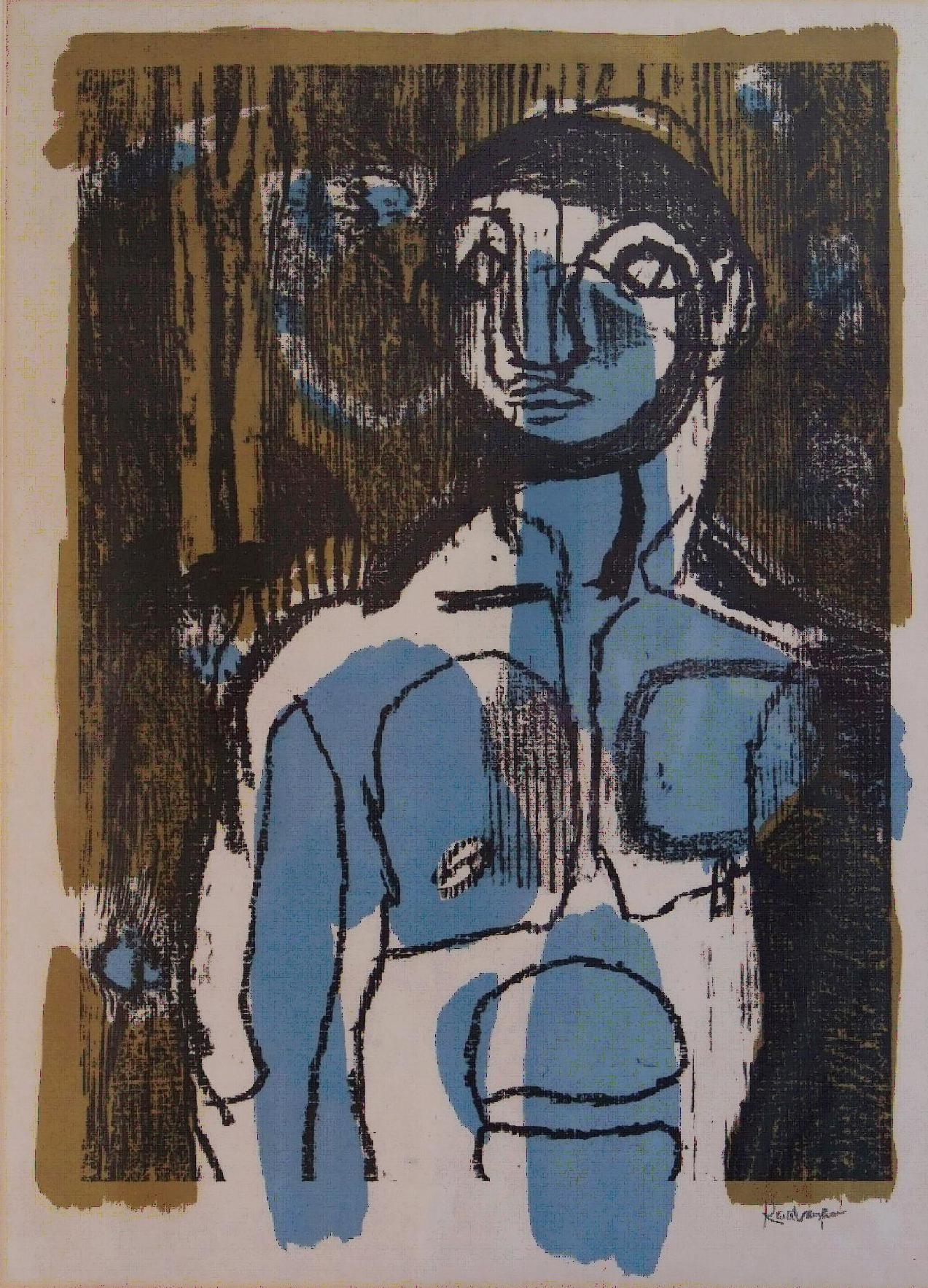
Keith Vaughan CBE, (1912 – 1977)
Finisterre, 1952
Lithograph
50 x 38 cm
Hampshire County Council Contemporary Art Collection AO2009.2
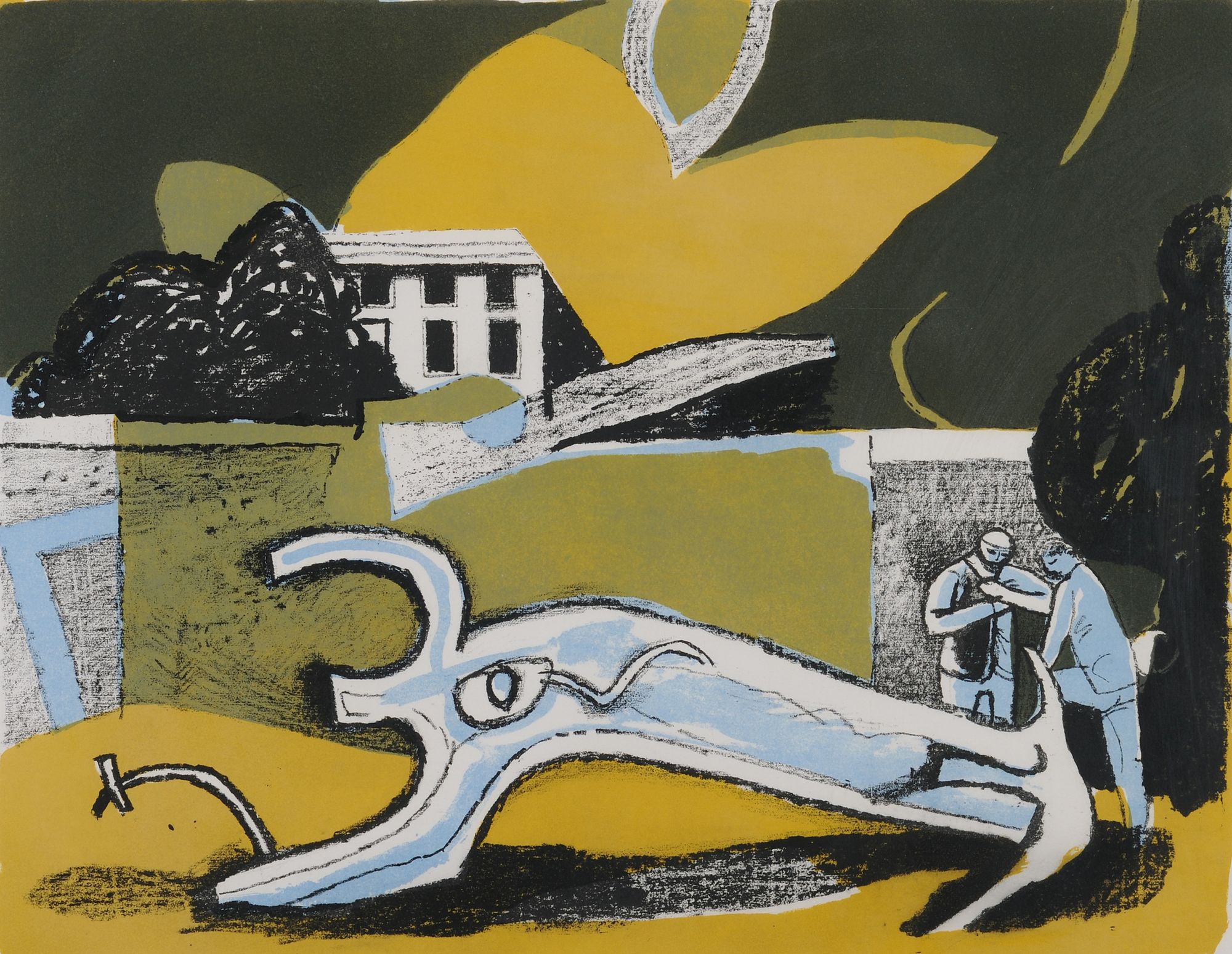
John Keith Vaughan was a self-taught painter, draughtsman, designer and writer. He is best known for his muted abstractions of male nudes, landscapes and architecture.
Vaughan was born on 23 August, 1914 in Selsey, West Sussex. He attended Christ’s Hospital School where his interest in the arts was nurtured. He worked in an advertising agency until the beginning of the First World War when he joined St Johns Ambulance as a conscientious objector. In 1941 he was conscripted into the Non-Combatant Corps.
His first exhibition took place during the war time and his drawings of army life attracted a great deal of attention. During this period Vaughan formed influential friendships with the painters Graham Sutherland and John Minton, and together they formed part of the Neo-Romantic circle of the immediate post-war period. During this period his work was heavily influenced by Graham Sutherland, Henry Moore and William Blake.
During the 1950s Paul Cézanne and Henri Matisse were major influences on him and Vaughan rapidly developed his idiosyncratic style. His works became increasingly more abstract and concentrated on studies of the male body set in abstract environments. His work brought him critical and financial success, including being elected honorary fellow of the Royal College of Art (1964) and appointed CBE in 1965.
Vaughan personal diaries offer an incredible insight into his life and internal struggle with his homosexuality and reveal a deep insecurity about his work and role in life. He was diagnosed with cancer in 1975 and committed suicide in 1977.
Tina Wallbridge (1960)
Cathedral / College,2004
Painting, Acrylic on canvas
20 x 51 cm
Hampshire County Council Contemporary Art Collection AO2009.20
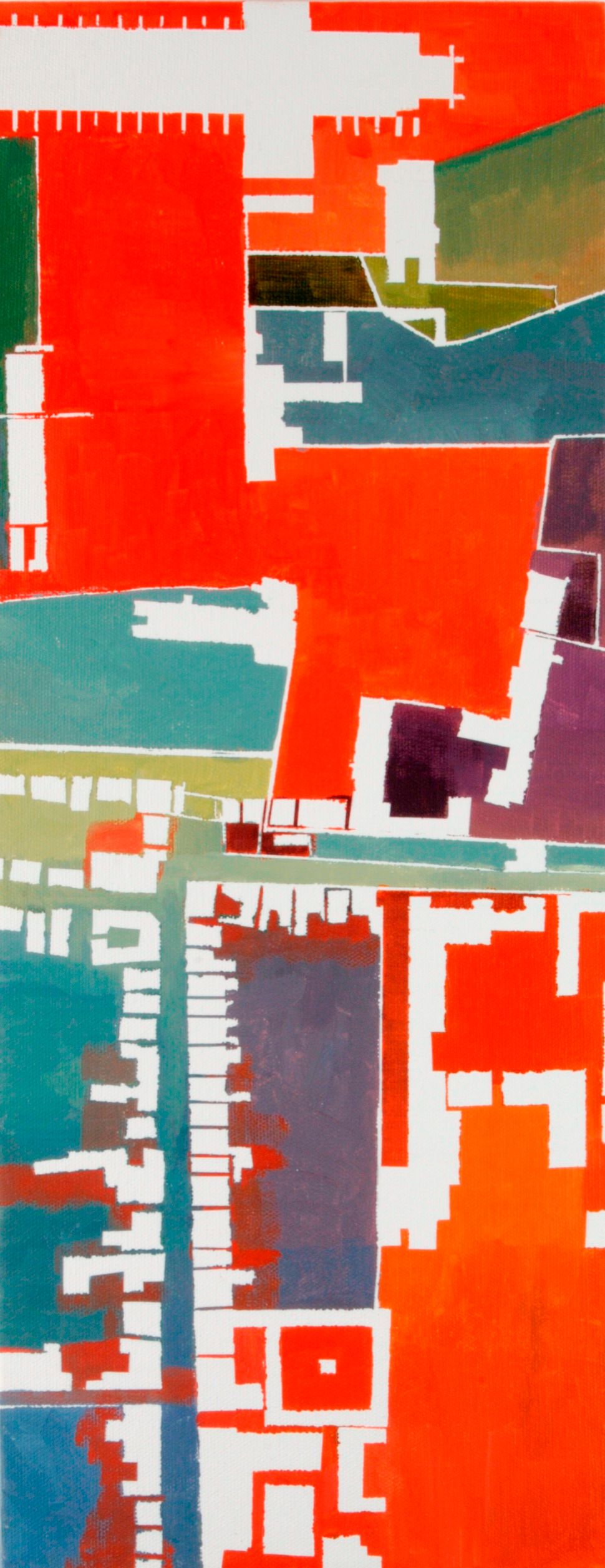
Tina Wallbridge is an architect, artist and part-time Senior Lecturer at Portsmouth University. Her work explores themes such as identity and memory, narrative, pattern, colour and form, making-places and the biography and archaeology of place.
Wallbridge studied at Sheffield University and at the Royal College of Art in London. She qualified (RIBA part 3) and was elected to corporate membership of the Royal Institute of British Architects in 1990. In February 2010, she became a fellow of the Higher Education Academy. She has tutored at Cambridge University and the Welsh School of Architecture alongside being a practising architect at Hampshire County Architects Department and at Allies and Morrison and Colquhoun and Miller, Architects in London.
Wallbridge says of her work, “My paintings explore the links between our perceived identity and the places that have meaning to us, they express visually a sense of who we are through where we feel we belong. In the past my paintings have been referred to as a portrait, not of a person but of their place”. Her scholarly interests include examining how an understanding of attributes of place can inform Architecture, Art and Design Education, Identity and Practice. She enjoys working collaboratively with local stakeholders to create exhibitions in the public realm. Her paintings are in both public and private ownership.
If you have enjoyed Culture on Call and you are able to make a donation, any support you can give will help us keep people connected.



